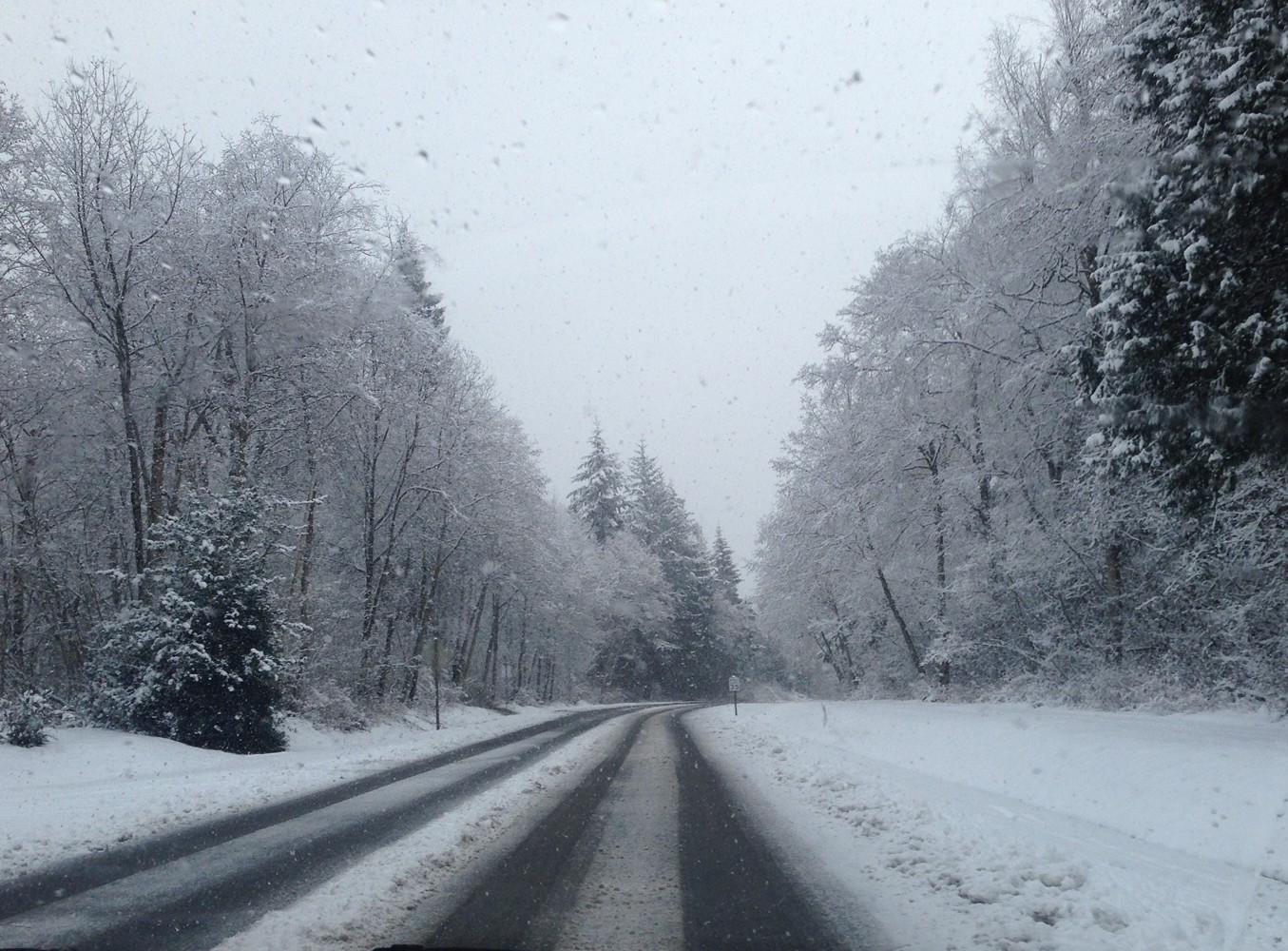Here’s how to improve safety when driving during the winter in B.C.

Photo credit: Susan Main
Winter is coming. And for some, winter-type weather is already here. The first thing I ask myself before I drive during the winter is: Do I really need to go? Chances are, I don’t.
But sometimes you really do need to drive. It could be for work or many other reasons.
If you must drive, below are five keys to safety behind the wheel on B.C. roads.
Choose the right tires
Drivers in B.C. are required by law to use winter tires and sometimes chains on most B.C. highways. This is in effect from October 1 to March 31 or April 30, depending on the route. For more information, see the Government of British Columbia’s Designated Winter Tire & Chain Routes webpage.
Both mud and snow (M+S) tires and 3-peaked mountain and snowflake tires are considered winter tires, provided they have at least 3.5 mm of tread depth. Of the two types, the tires with a 3-peaked mountain and snowflake symbol offer the best traction on snow and ice and in cold weather.
Learn more in my post from last year: Do you have your winter tires yet?
Have an emergency car kit
Prepare an emergency car kit and keep it in the vehicle. It should contain:
- Food that won’t spoil (like energy bars)
- Water (changed at least every six months)
- A first aid kit (that includes a seatbelt cutter)
- All other items listed on Public Safety Canada’s Emergency Car Kit webpage
Know before you go
Be prepared for the conditions you are about to face. Visit DriveBC. Among their online resources are images from webcams posted on most highways. The images update every two to 30 minutes, 24/7.
That said, conditions change quickly. Be aware of public weather alerts from the Government of Canada.
Pay attention and focus your thoughts
Paying attention to what’s happening around you is essential. One way to focus your attention is through mindfulness: the practice of bringing awareness to your thoughts, feelings, sensations, and environment in the moment.
Practising mindfulness can also help when you encounter stressful situations on the road as it decreases emotional reactivity. As little as five minutes a day can make a difference.
“Mindfulness allows us to step back and have a more balanced way of being with our emotions,” said Vancouver counsellor and mindfulness teacher Marian Smith when I interviewed her in 2020. “We’re able to observe our emotions but not be overwhelmed by them.”
Read more in my post: How mindfulness can help during times of stress in life and work.
Winterize your car
The Shift Into Winter campaign offers advice on how to prepare your vehicle. This includes booking a preventive maintenance checkup to ensure the vehicle’s brakes, battery, lights, and more are in good working condition. The campaign also suggests replacing your wiper blades before winter and even switching to winter blades for heavy snow and icy conditions.
How ready are you for winter driving? Comment below.


